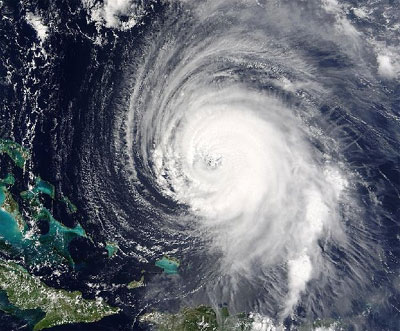What is cloud seeding?

The United Arab Emirates (UAE) has a desert climate, characterised by mild winters and very hot summers. The humidity of the Persian Gulf makes the heat unbearable. It records an average rainfall of 100 mm every year. However, in recent years, the intensity of rainfall has gradually increased in the country. This is credited to the cloud seeding operations undertaken by its meteorological department. It is not just the UAE, even India. China and many other countries use this weather modification procedure to cause rain or to increase its intensity to address drought and water shortage. It is also used to control air pollution and to cause snow.
Cloud seeding is an attempt at inducing moisture in the clouds to generate rain. It involves use of chemicals that target rain-bearing clouds above a catchment area such as a river, reservoir or a lake. The chemical agents are dispersed in clouds using either aircraft or by ground-based dispersion devices that use rockets or guns to fire canisters of chemicals Sodium chloride (common salt), silver iodide, potassium iodide and dry ice (solid carbon dioxide) are some of the chemicals used. The cloud seeding missions are not constrained by seasons and are carried out throughout the year when seedable clouds are detected.
How does it work?
You may be aware of the evaporation process, which is an essential part of the water cycle. The sun drives evaporation of water from oceans, lakes and even moisture from the soil. The water molecules escape and form water vapour. The vapour remains in the atmosphere until it condenses to form raindrops, ice crystals and then into clouds. That is, clouds form when supercooled water vapour condenses and then freezes onto particles, called ice nuclei. Over time, the droplets and crystals that make up a cloud can attract more water to themselves. When water droplets grow heavy enough, gravity pulls them down as raindrops.
In the seeding process
As mentioned earlier, in the cloud seeding process chemicals that can aid precipitation are seeded (dispersed) into rain-bearing clouds. When these particles meet moisture in the clouds, they act as artificial ice nuclei and trigger the formation of more ice crystals and raindrops. The deficit in moisture content could be made up by using hygroscopic (water absorbing) material such as common salt.
Picture Credit : Google





















